In the animal kingdom, survival isn’t just about running fast or looking fierce.
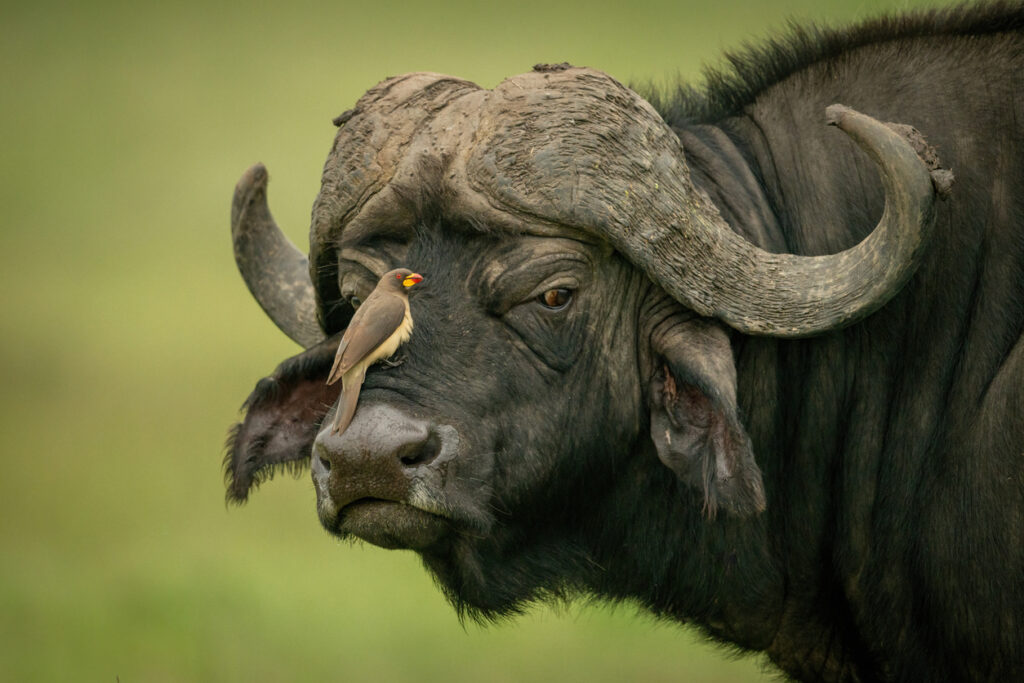
In fact, some creatures have evolved to fill very specific roles that keep entire ecosystems running smoothly. And while they’re not clocking in with ID badges or joining Zoom calls, they’re still working around the clock in ways that are weirdly organised, strangely noble, or just plain unexpected. Here are 14 animals quietly doing jobs in the wild that most of us never even knew existed.
1. Meerkats as desert sentries
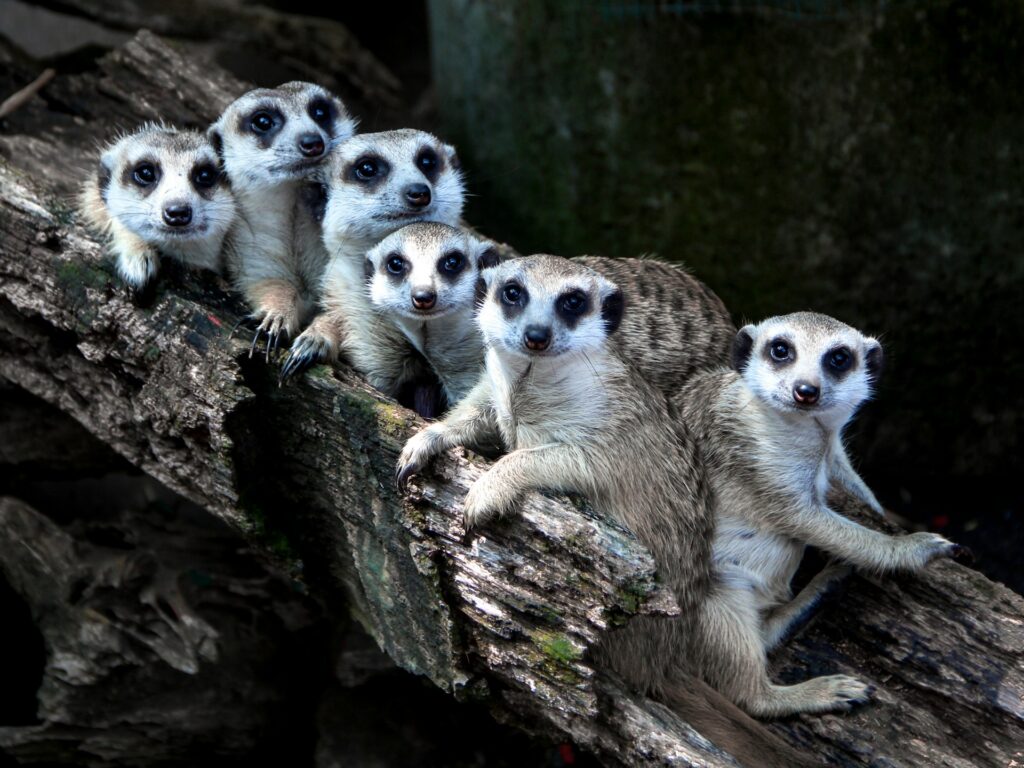
While most of the mob is busy foraging, one meerkat always climbs to a high point and keeps watch. If danger appears—say, a hawk overhead—they let out a specific alarm call that sends the whole group running for cover. They rotate the role throughout the day, taking turns as lookout. It’s unpaid security work, but in meerkat society, having someone on watch literally keeps the whole family alive.
2. Cleaner wrasse as underwater dentists
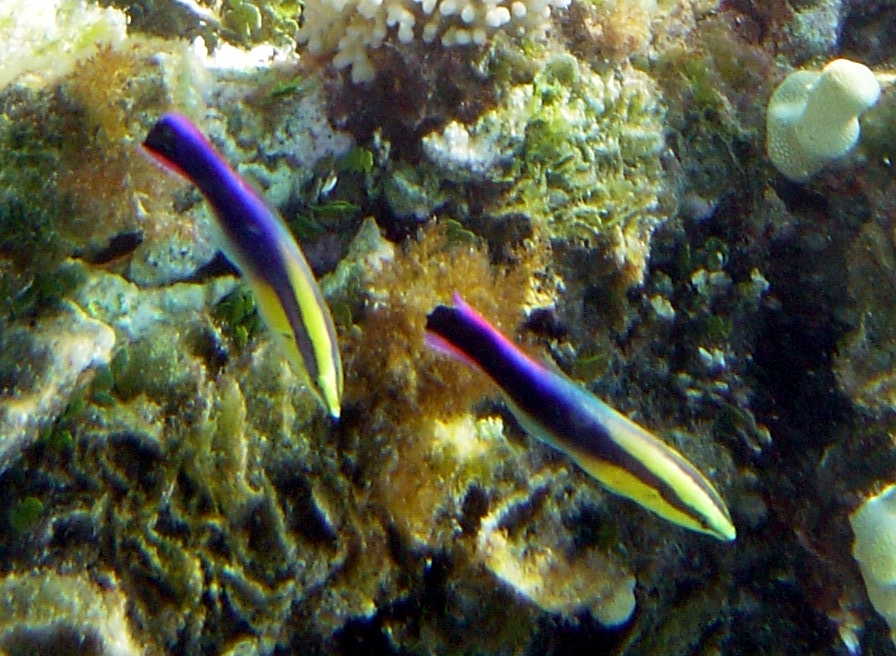
These tiny reef fish set up “cleaning stations” where larger fish—including sharks—line up and wait their turn. The wrasse eat parasites, dead skin, and food debris straight from their clients’ mouths, gills, and scales. In return, they get a meal and surprisingly high social status for their size. It’s a win-win, and one of the most oddly formal interactions in the ocean.
3. Dung beetles as nature’s sanitation workers
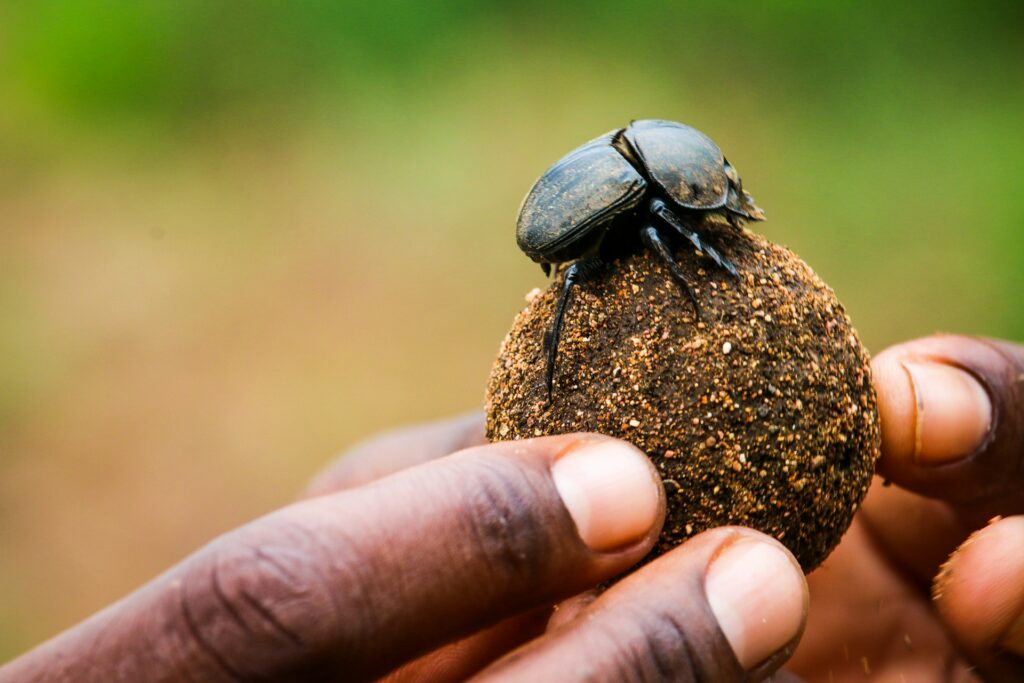
Dung beetles don’t just roll poop around for fun—it’s their job. They clean up the environment by removing waste, which helps reduce disease and fertilise soil. Some bury dung in underground chambers to feed their young, while others roll it away like Olympic athletes. Without them, ecosystems would literally be a lot messier.
4. Beavers as ecosystem engineers

Beavers don’t just build dams for fun—they completely reshape their environment. Their constructions create wetlands that support fish, birds, amphibians, and plants, turning boring streams into thriving habitats. They’re so effective at this that some conservationists now call them “keystone species.” Not bad for a rodent with a love for home improvement.
5. Pistol shrimp as underwater demolition experts
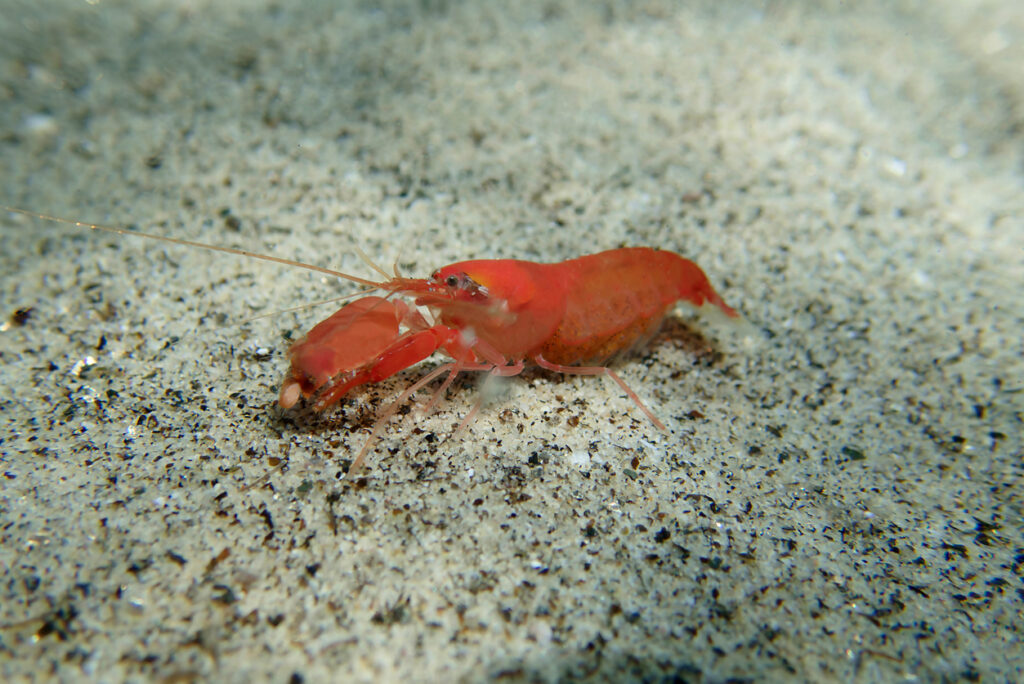
These tiny shrimp snap their claws so fast it creates a bubble that stuns or kills prey with shockwaves. That’s impressive enough—but some species also use the snapping sound to tunnel through rock and coral, shaping the sea floor. They’re like underwater miners with built-in sonic tools. Their snaps are among the loudest sounds made by any sea creature relative to size.
6. Vultures as efficient corpse disposal units
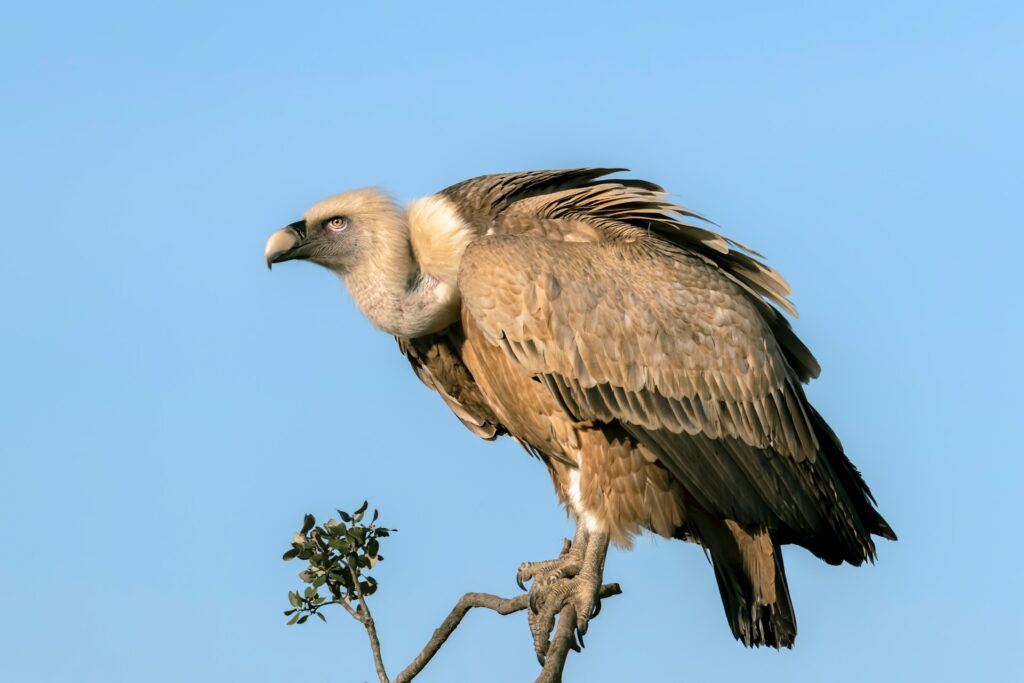
Vultures might not be glamorous, but they play a crucial role in preventing the spread of disease. They clean up carcasses that would otherwise rot, attract pests, or spread pathogens. Their stomach acid is so strong it kills dangerous bacteria like anthrax and botulism. Without vultures, nature’s hygiene department would be in serious trouble.
7. Ants as underground aerators
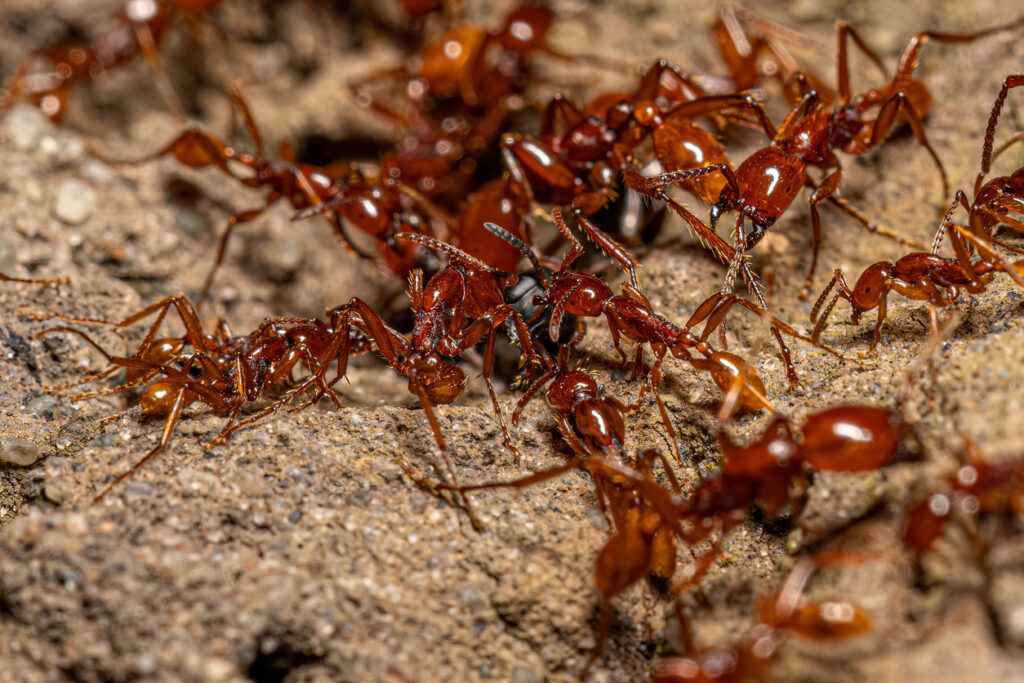
As ants tunnel through the soil, they naturally aerate it—just like a gardener with a fork. This improves water flow and helps plants grow stronger roots. They also move seeds around, sometimes unintentionally planting entire patches of wildflowers. It’s like accidental landscaping, carried out by millions of tiny workers who never take a holiday.
8. Oxpeckers as large animal groomers (and occasional freeloaders)
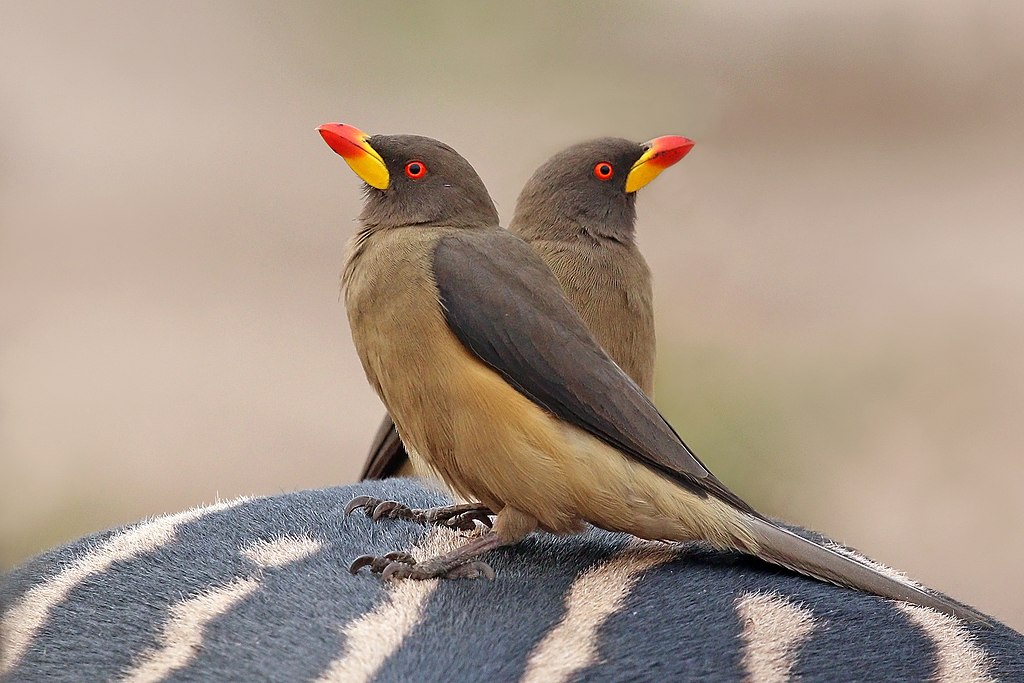
These birds perch on large mammals like buffalo or rhinos and eat ticks, lice, and dead skin from their hides. It looks helpful, and often is—but oxpeckers have a complicated rep. They sometimes peck at wounds to keep them open and feed on blood, blurring the line between cleaner and parasite. Still, many large animals tolerate them—because sometimes help is messy.
9. Termites as climate regulators

Termite mounds are architectural marvels, built with intricate tunnel systems that regulate temperature, humidity, and airflow. This keeps the colony at a stable climate, even when outside temperatures swing wildly. Their mounds also shape the landscape and redistribute nutrients, making them surprisingly important to savanna ecosystems. They’re builders, air-con technicians, and soil scientists rolled into one.
10. Clownfish as anemone caretakers
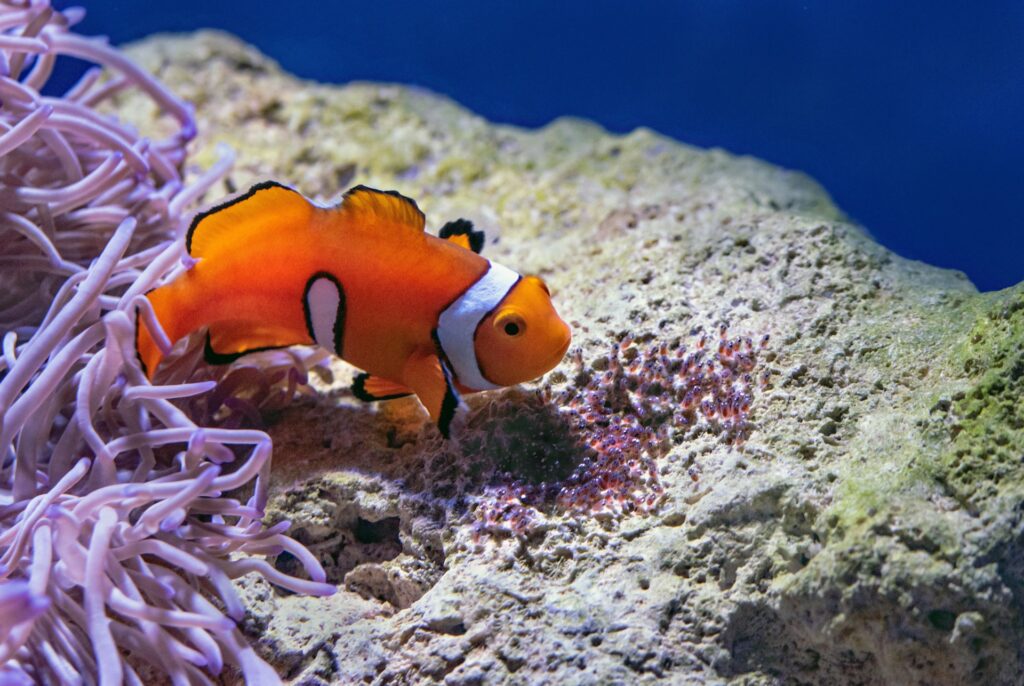
Clownfish live among sea anemones, gaining protection from predators thanks to the anemone’s stinging tentacles. In return, they remove parasites and chase away anemone-eating intruders. They even help improve water circulation around the anemone. It’s one of nature’s best examples of mutual service—and no, it didn’t start with Disney.
11. Woodpeckers as pest control
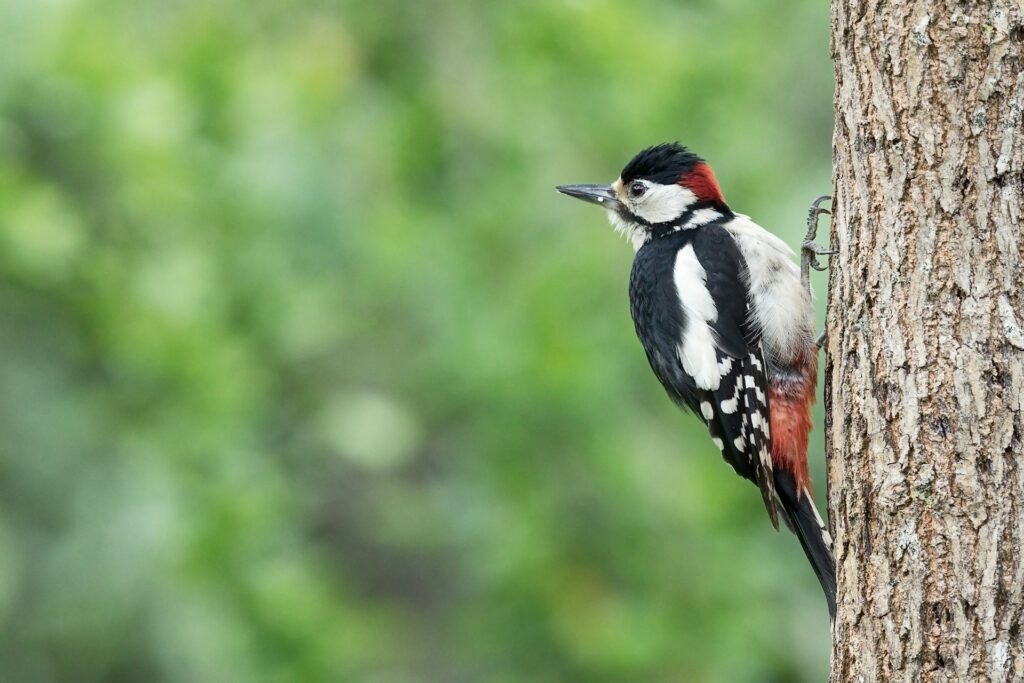
While they’re known for their rhythmic tree-drumming, woodpeckers do something more useful—they eat the insects living inside trees. This helps prevent infestations that could kill the tree or spread to others nearby. They’re a natural alternative to chemical pesticides. Trees don’t complain about the noise—they appreciate the service.
12. Bats as nighttime pollinators
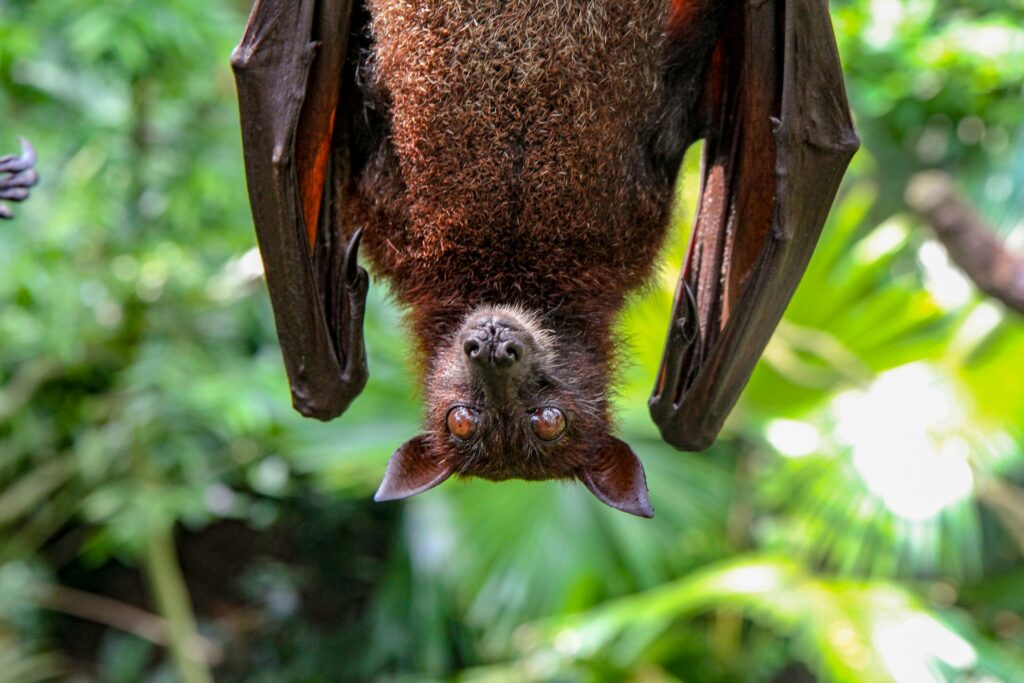
We usually associate pollination with bees and butterflies, but some plants rely on bats—especially in tropical regions. These bats feed on nectar and carry pollen between flowers while flying under cover of darkness. They also disperse seeds, helping forests regenerate. So if you’ve ever eaten a banana, avocado, or mango—thank a bat for working the night shift.
13. Coral polyps as reef builders
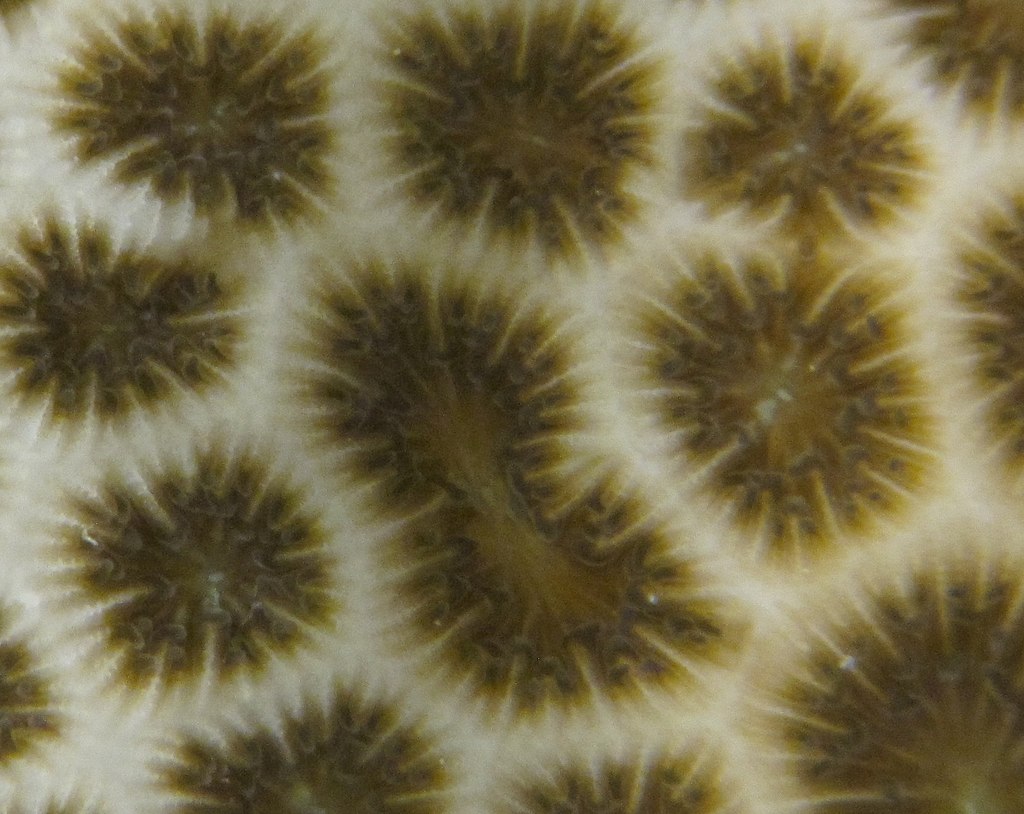
Coral reefs are built by tiny coral polyps that secrete limestone over centuries, creating massive structures that house thousands of marine species. These polyps work tirelessly, growing millimetres at a time. They provide shelter, food, and wave protection—and without them, coastlines and ecosystems would collapse. Not bad for creatures the size of a grain of rice.
14. Elephants as landscape architects
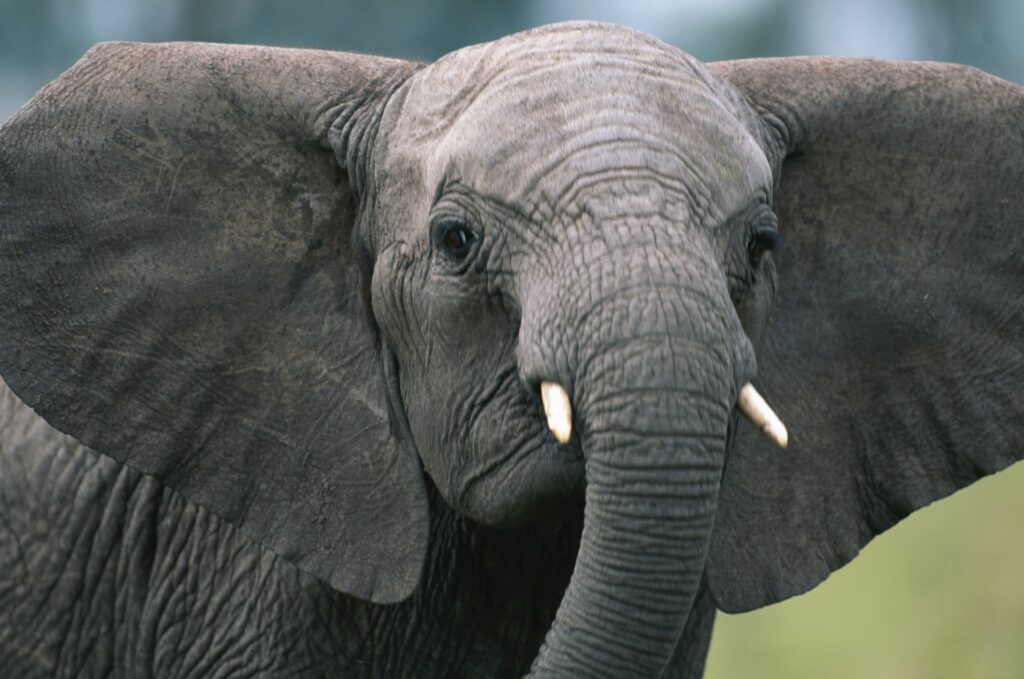
Elephants do more than just roam—they shape the landscape as they go. By knocking down trees, creating watering holes, and spreading seeds through their dung, they influence entire habitats. Their movements help keep grasslands open and prevent forest overgrowth. When elephants disappear, ecosystems often fall out of balance. Turns out, they’re not just giants—they’re environmental managers.